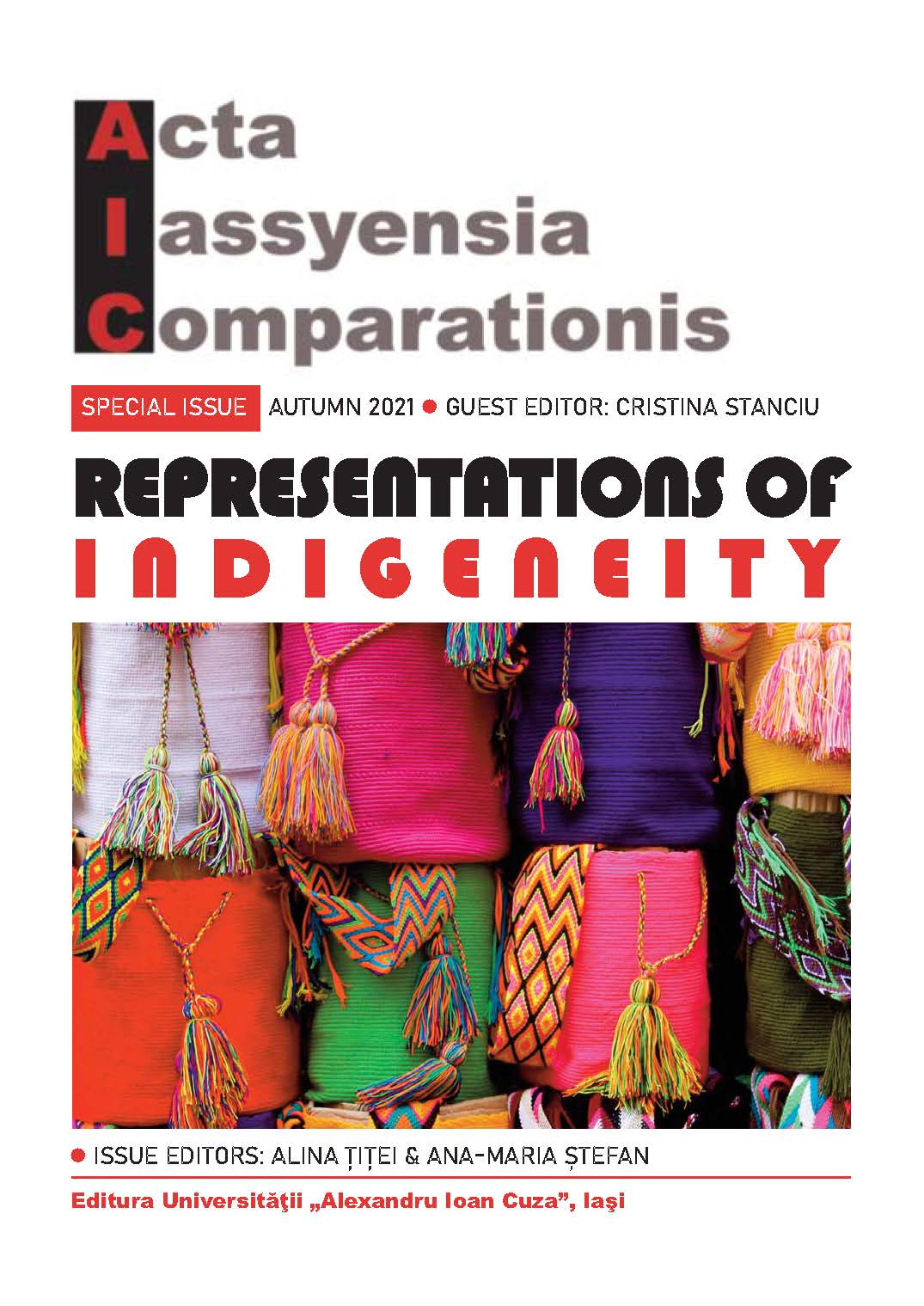Indigeneity on the Silver Screen: The Vanishing American (1925) and the Limits of “Sympathetic” Representation
Indigeneity on the Silver Screen: The Vanishing American (1925) and the Limits of “Sympathetic” Representation
Author(s): Cristina StanciuSubject(s): Fine Arts / Performing Arts, Ethnohistory, Film / Cinema / Cinematography
Published by: Editura Universităţii »Alexandru Ioan Cuza« din Iaşi
Keywords: silent film; The Vanishing American (1925); Indigeneity on celluloid; red face; Richard Dix.
Summary/Abstract: This article examines visual representations of Indigeneity in an early twentieth-century silent film, The Vanishing American (Paramount, 1925). It shows how pervasively the trope of “the vanishing American,” a version of the nineteenth-century “vanishing Indian,” informed the settler colonial logic of sympathy at the beginning of the twentieth century. The cinematic sympathetic glorification of the Indigenous character in this film—played by awhite actor in red face—is contingent on his disappearance. As this article argues, sympathy in The Vanishing American is a strategy of both appeasing settler anxiety and amplifying the film’s promise of spectacle. It also argues that, in order to amplify settler colonial spectatorial delight, The Vanishing American—like other feature silent films in the 1910s and 1920s—used a predictable sentimental plot, appealed to the audience’s Christianity, and participated visually in the larger political struggle for white supremacy and reproducing patriarchal structures of domination.
Journal: Acta Iassyensia Comparationis
- Issue Year: 3/2021
- Issue No: Special
- Page Range: 59-70
- Page Count: 12
- Language: English

